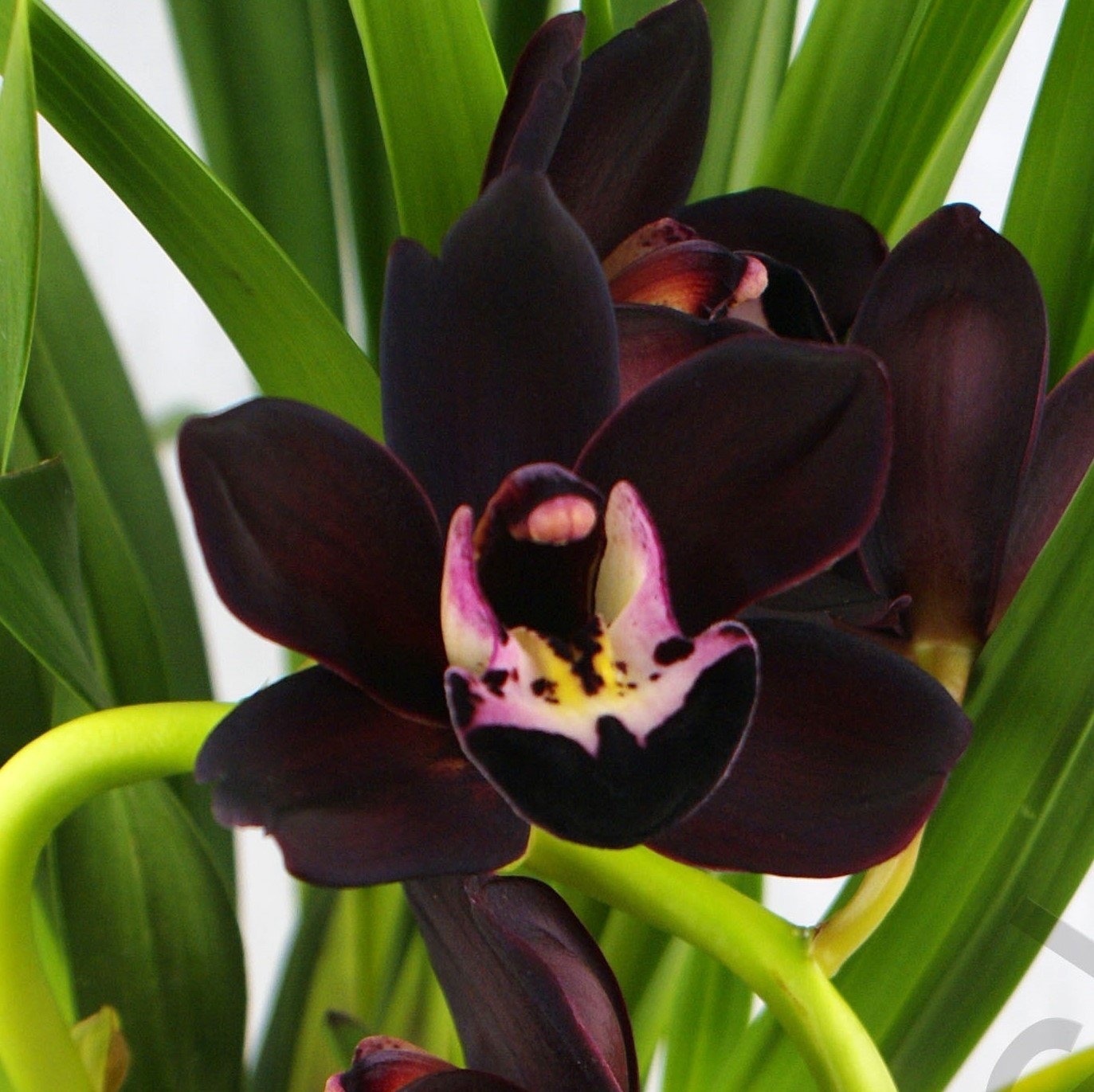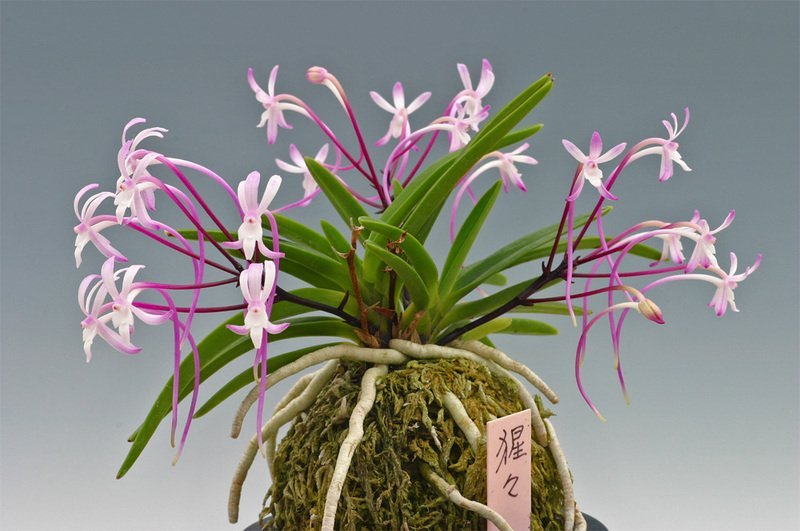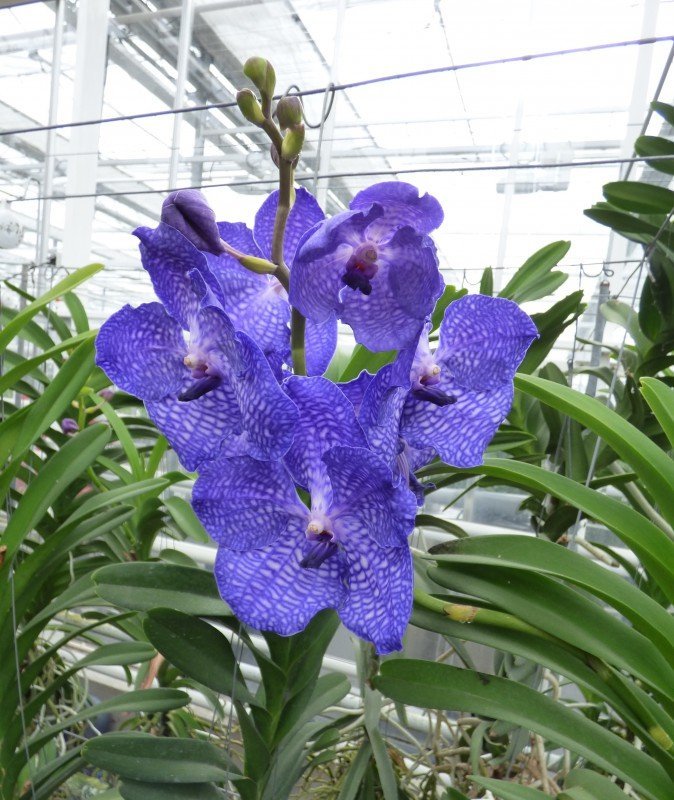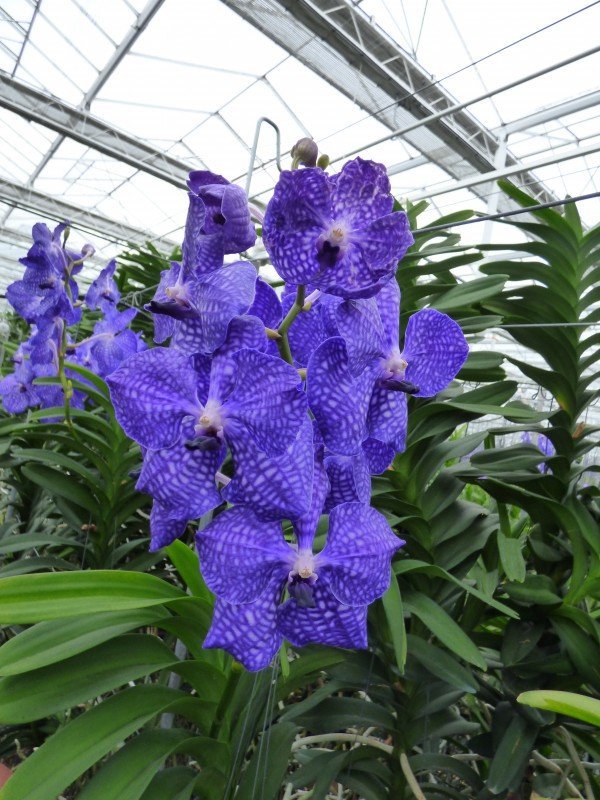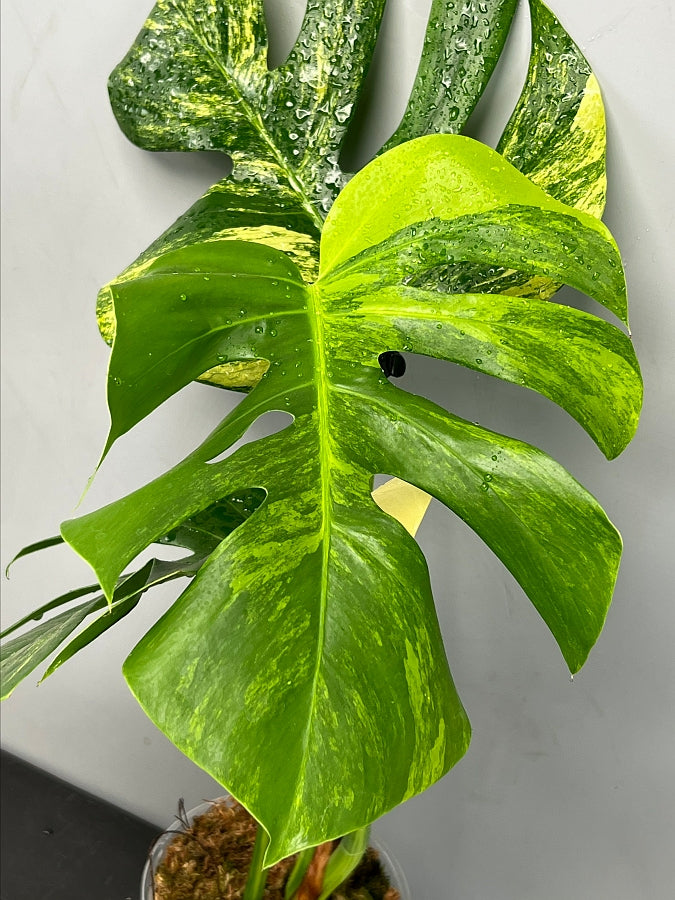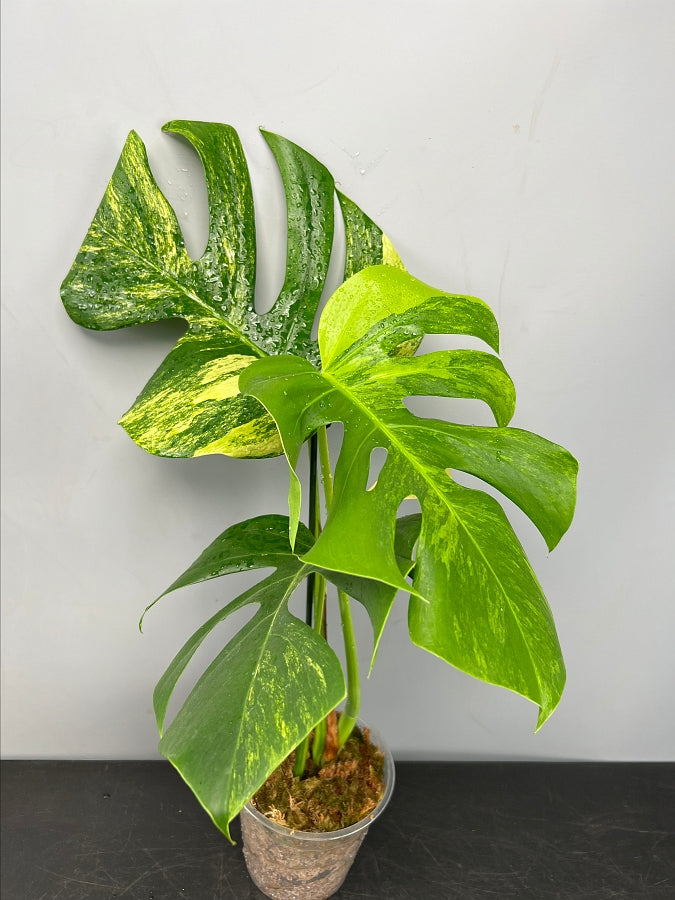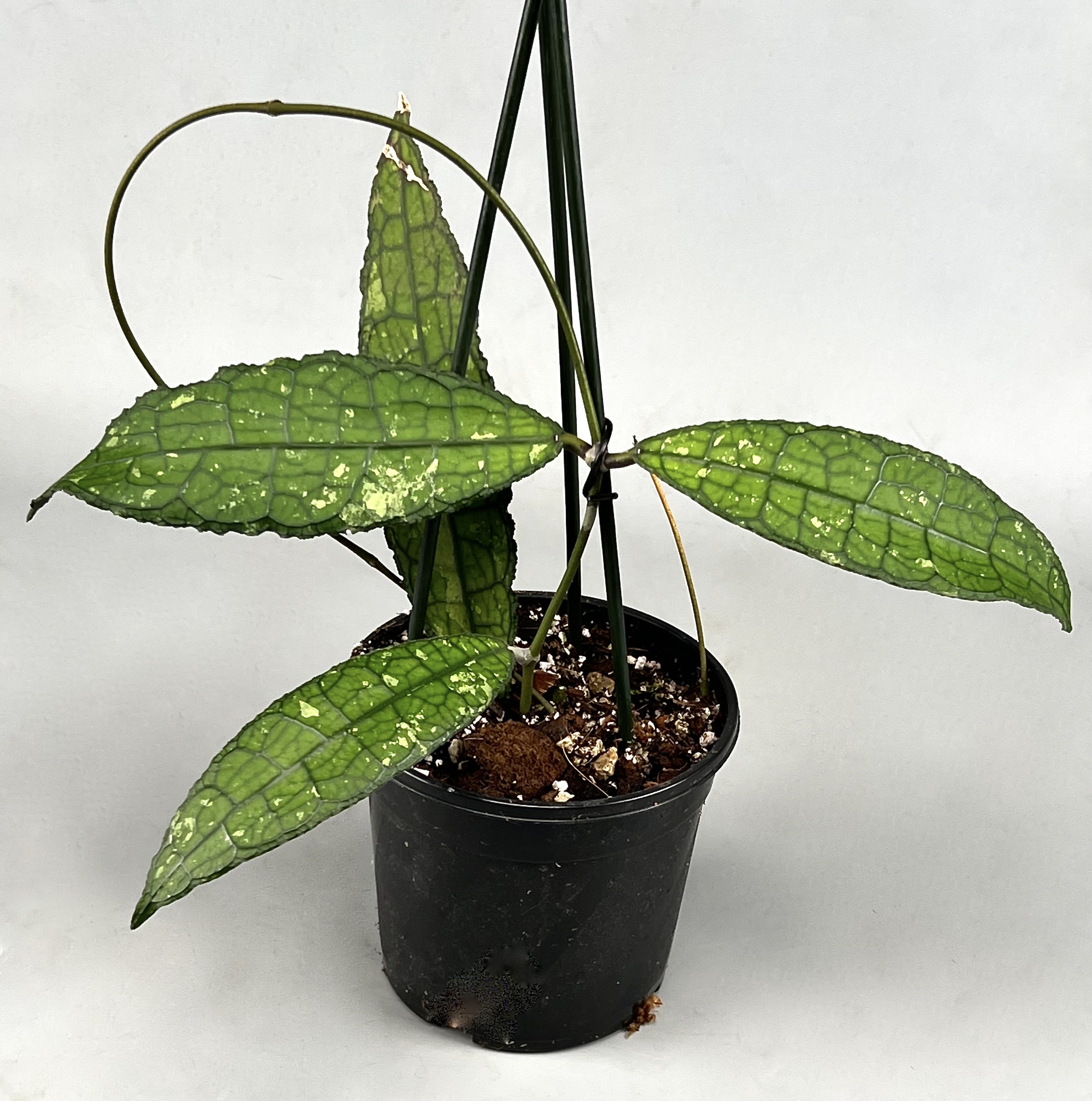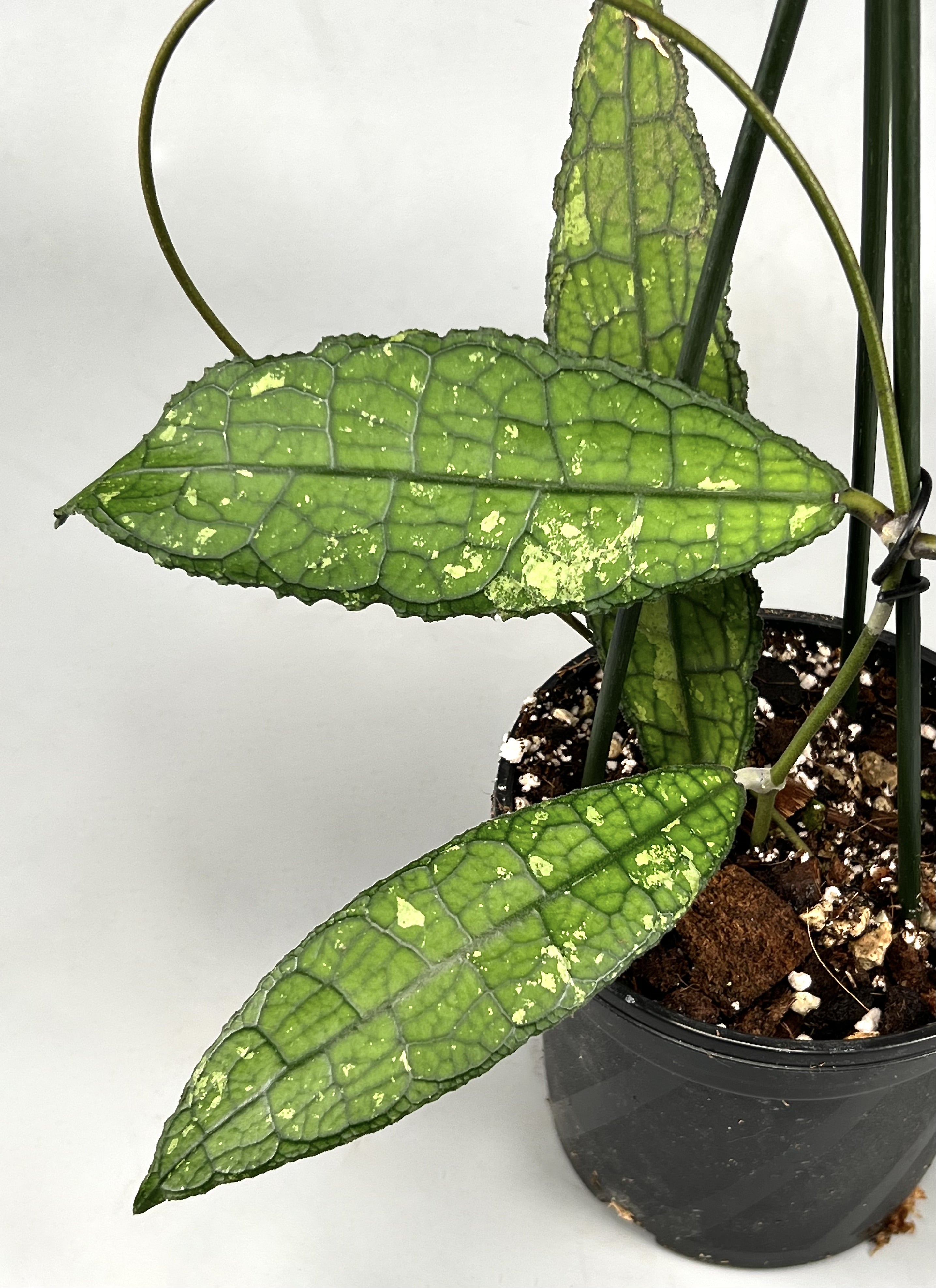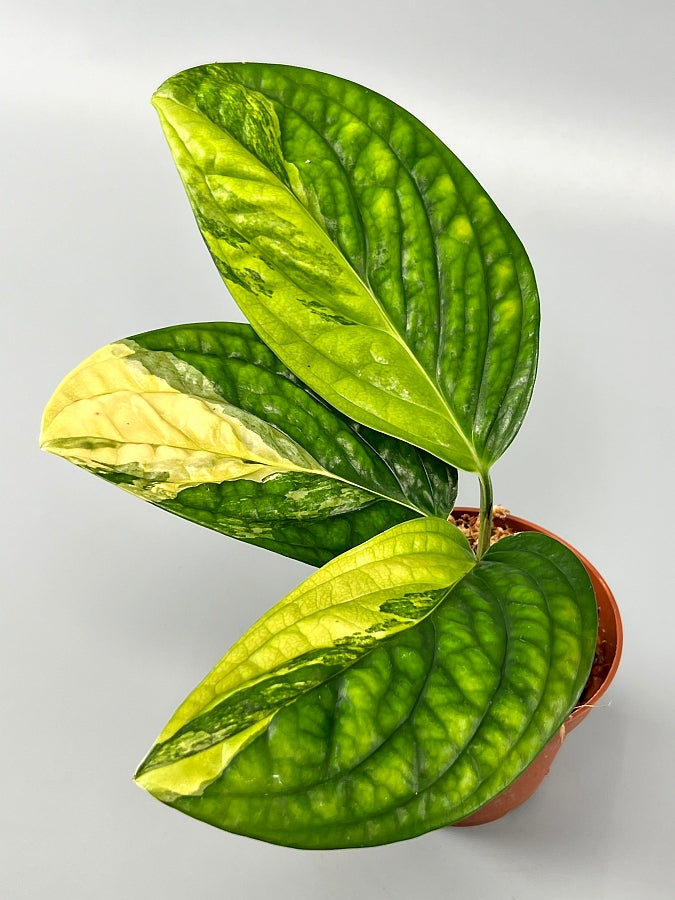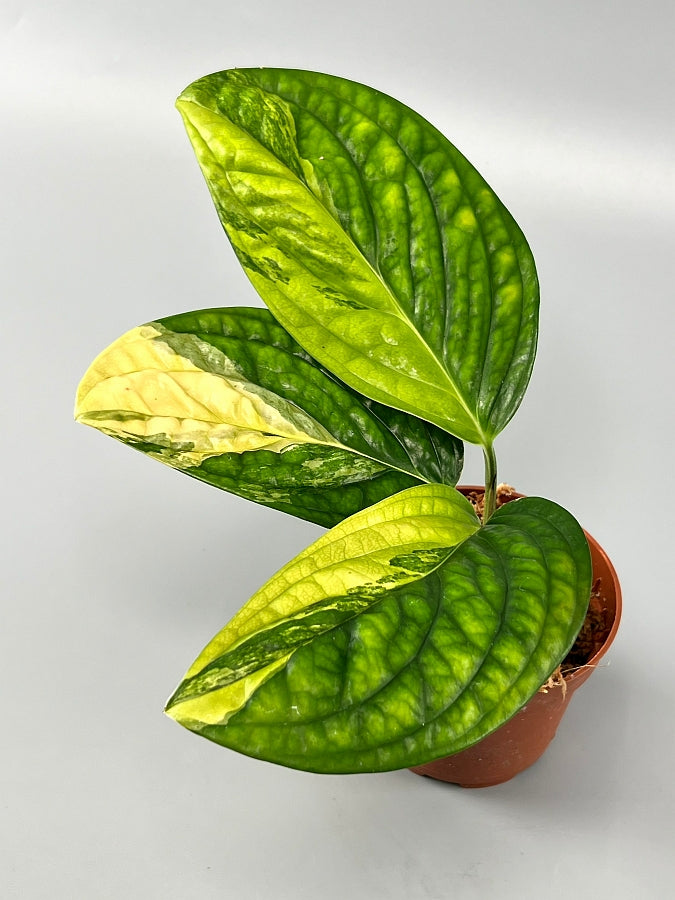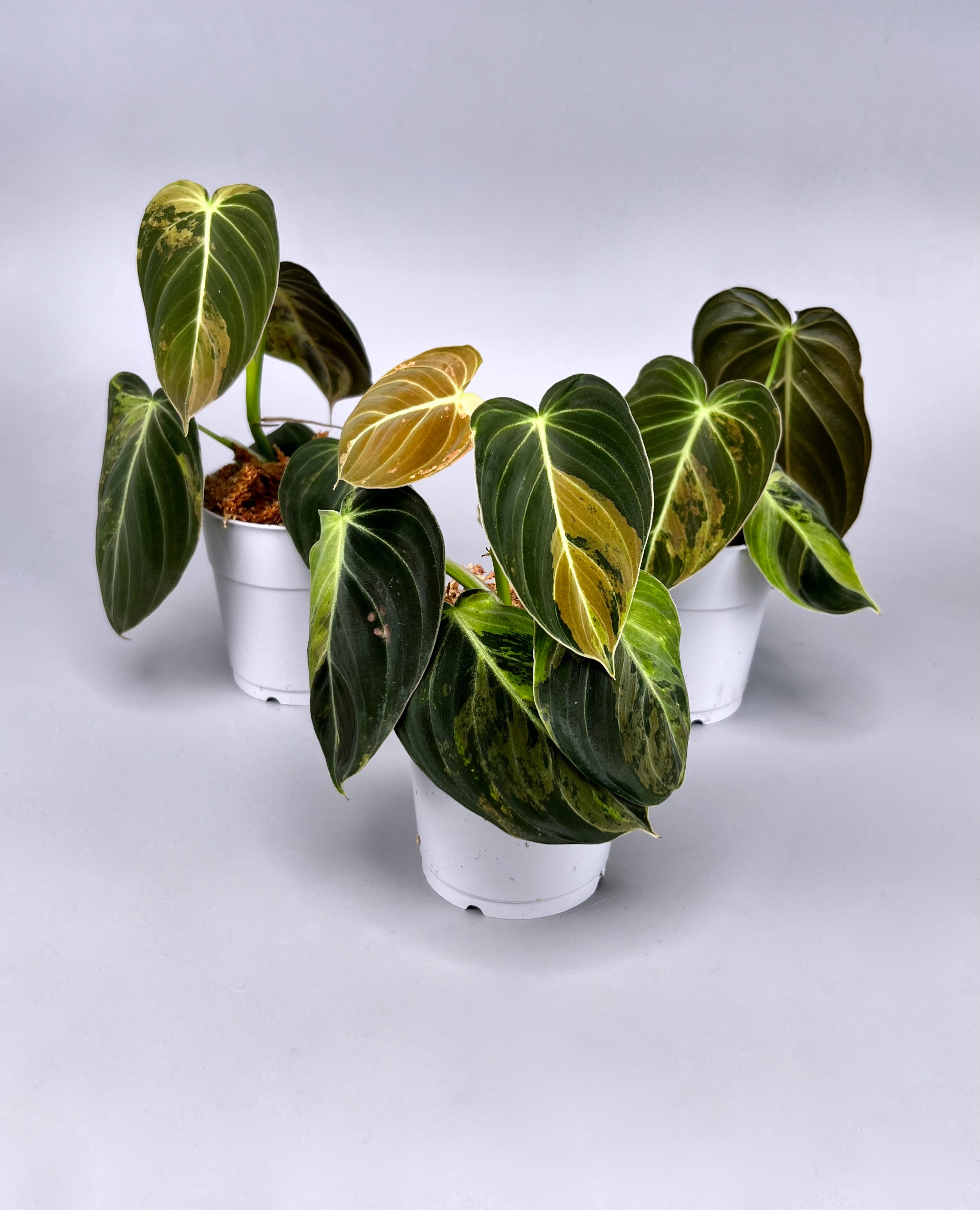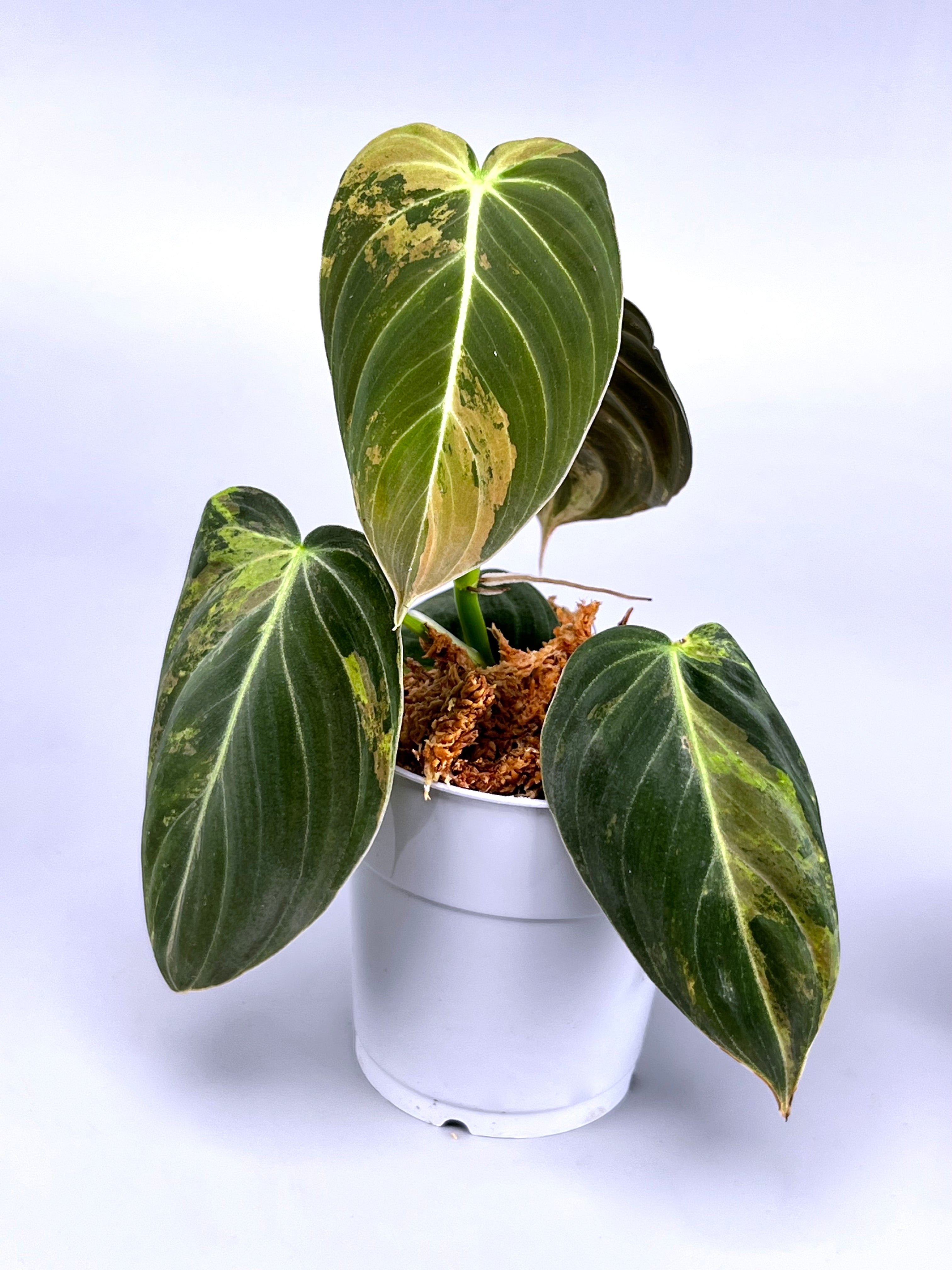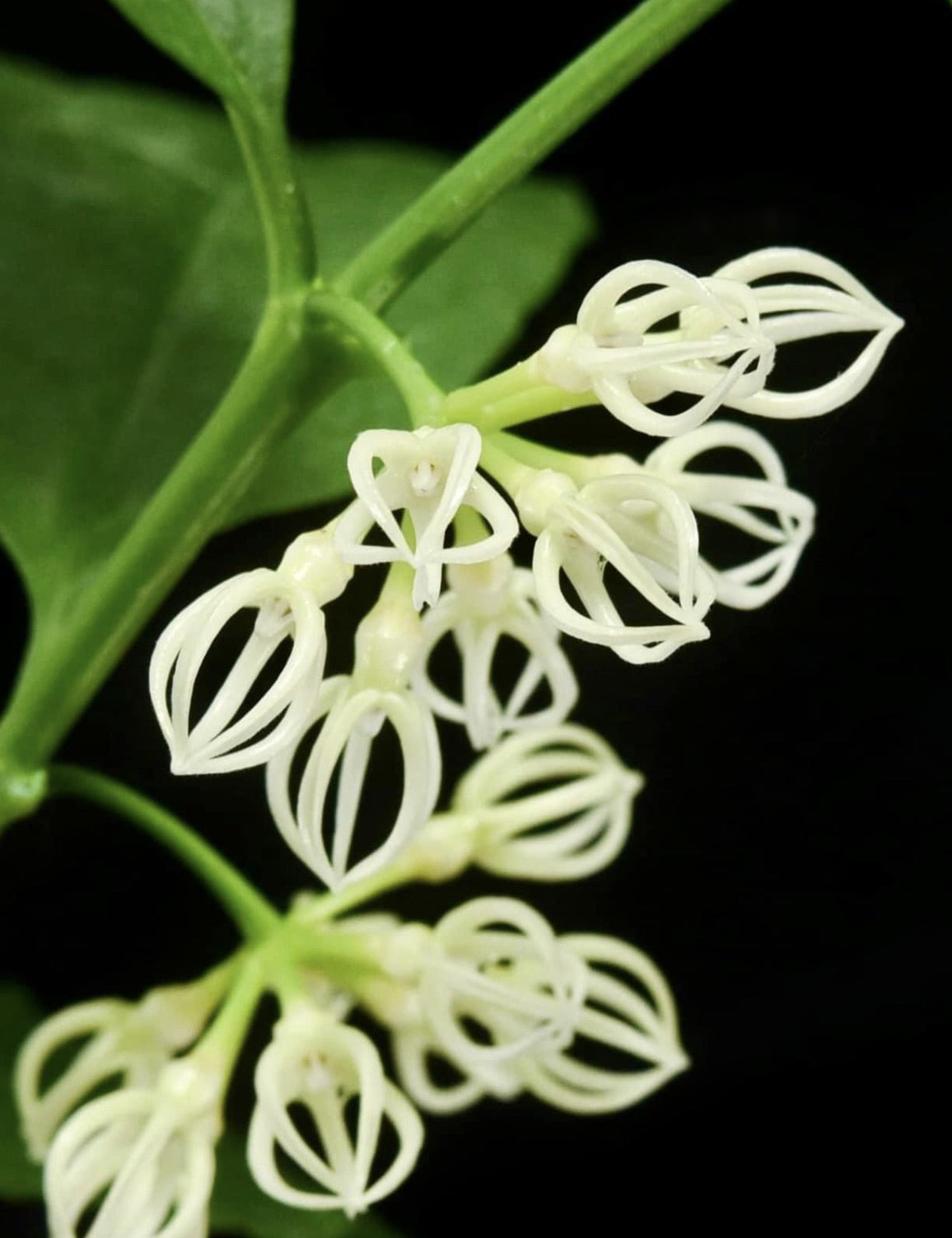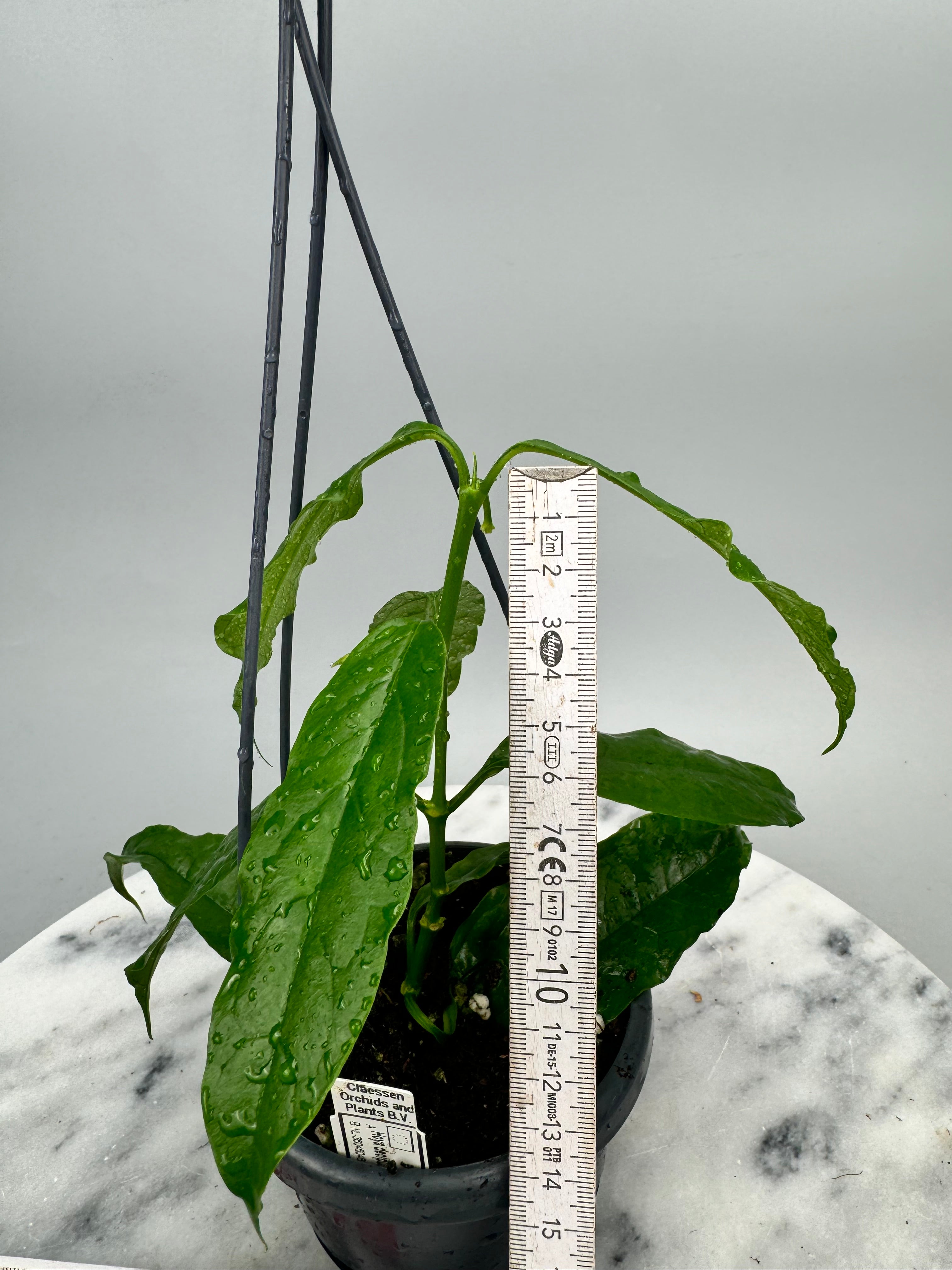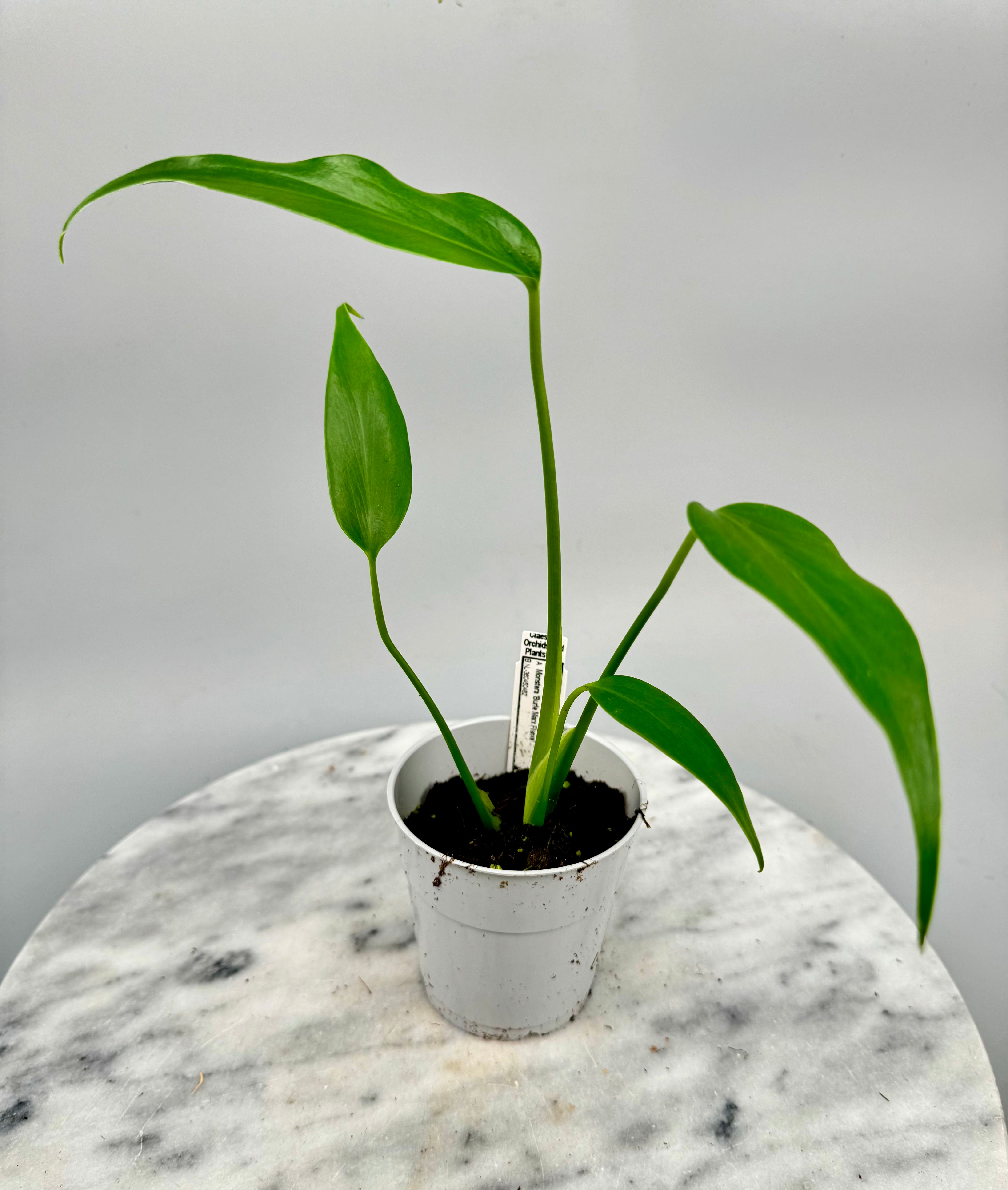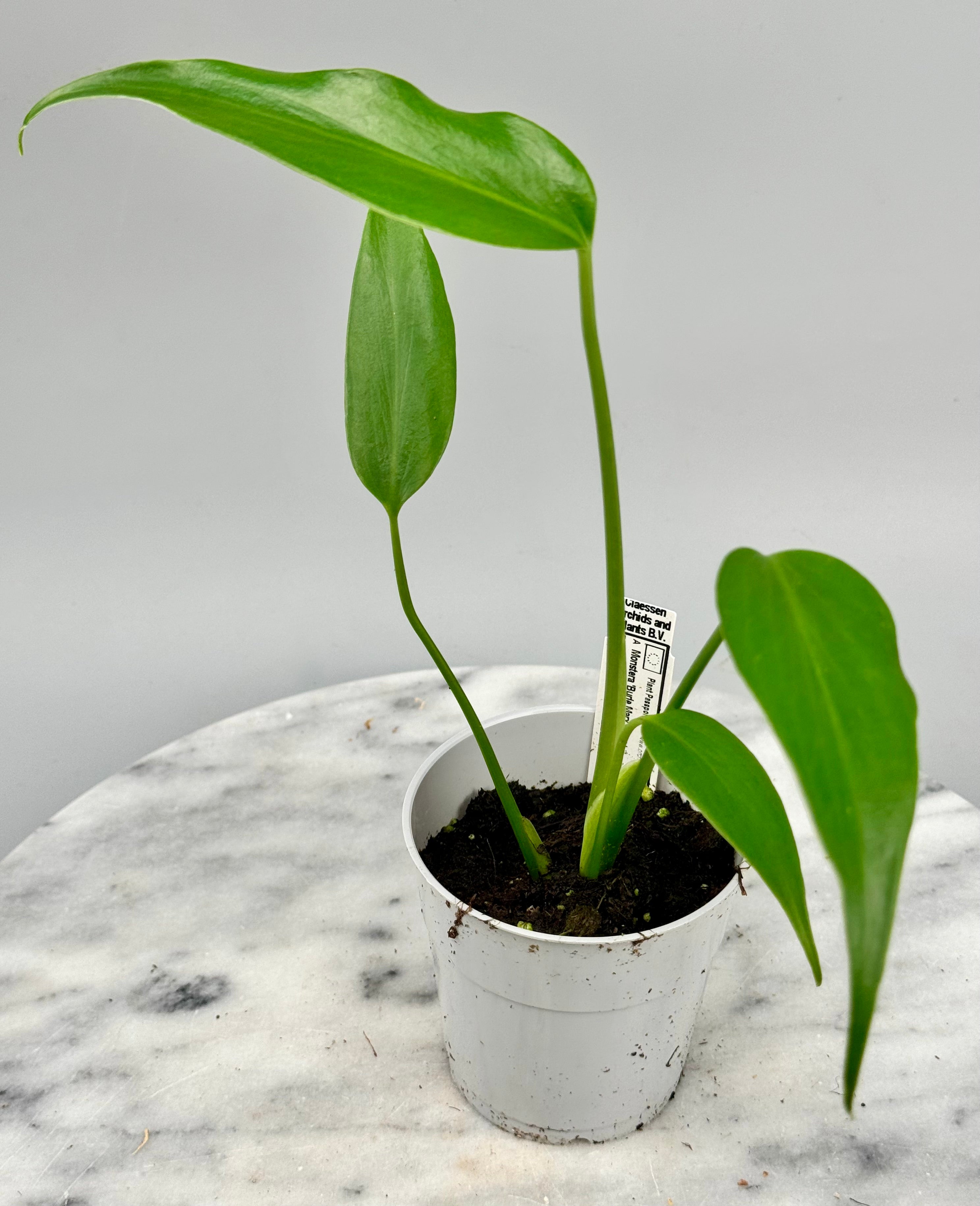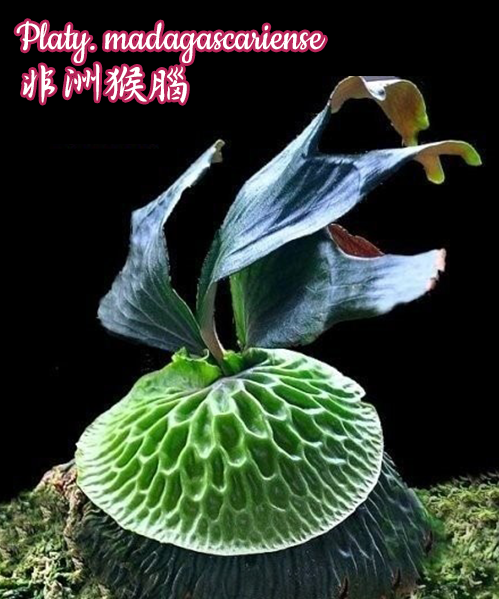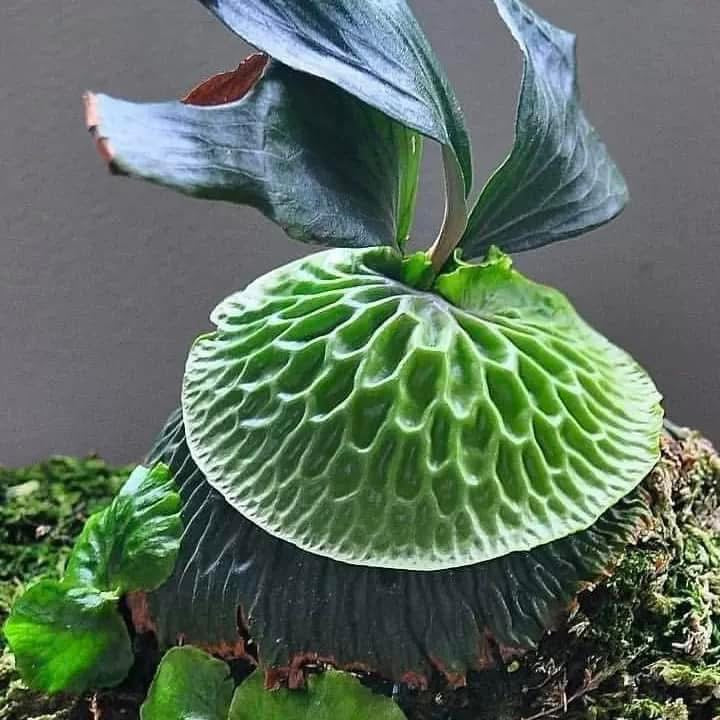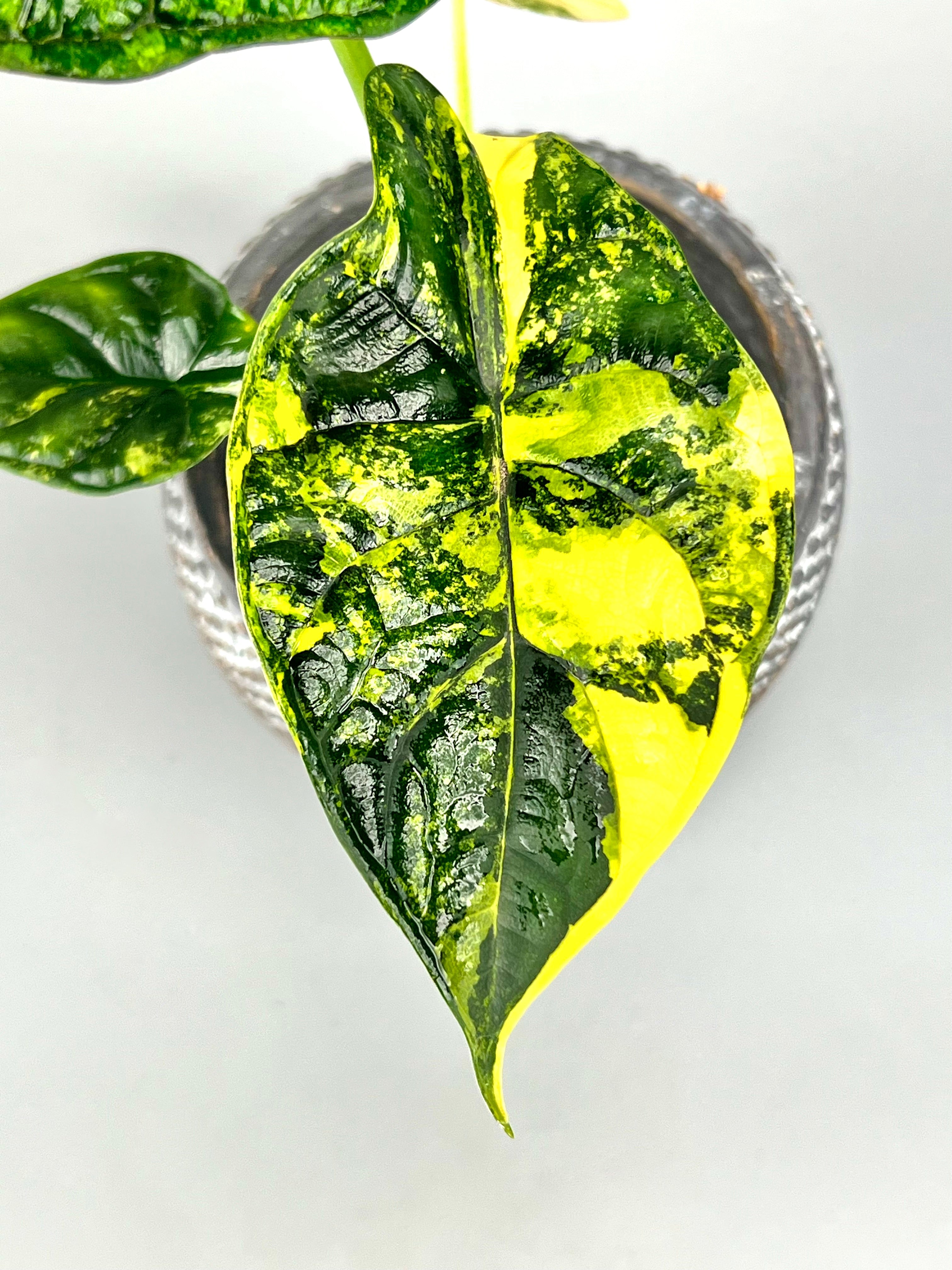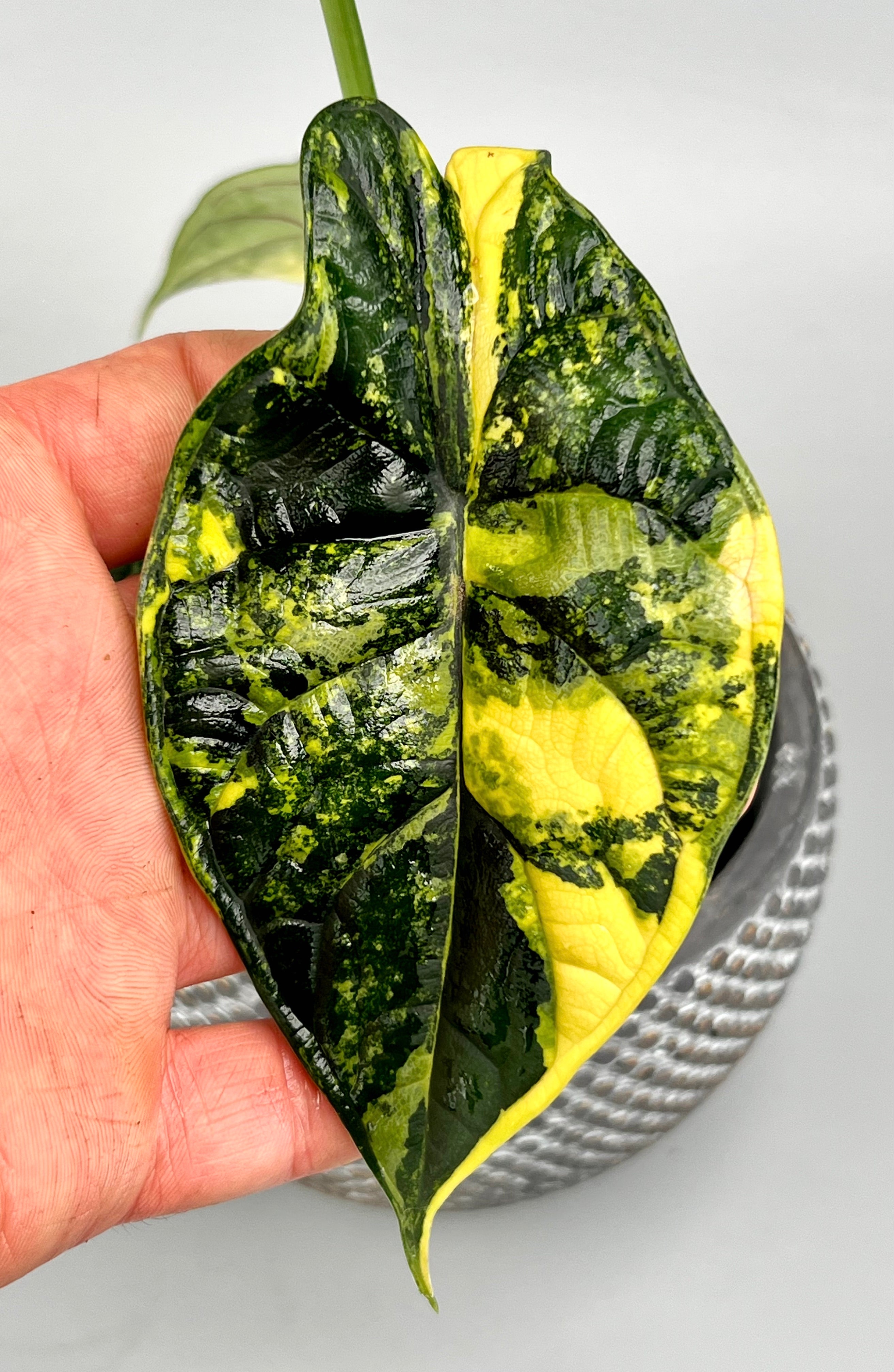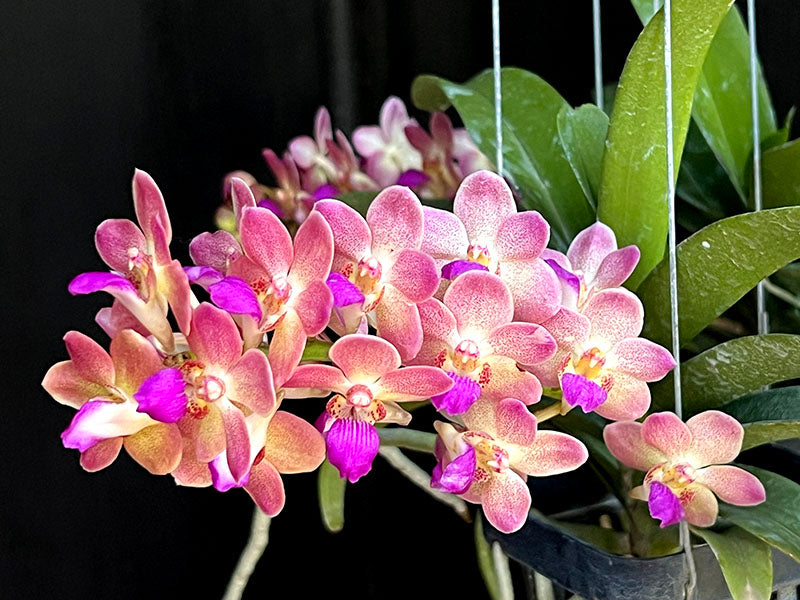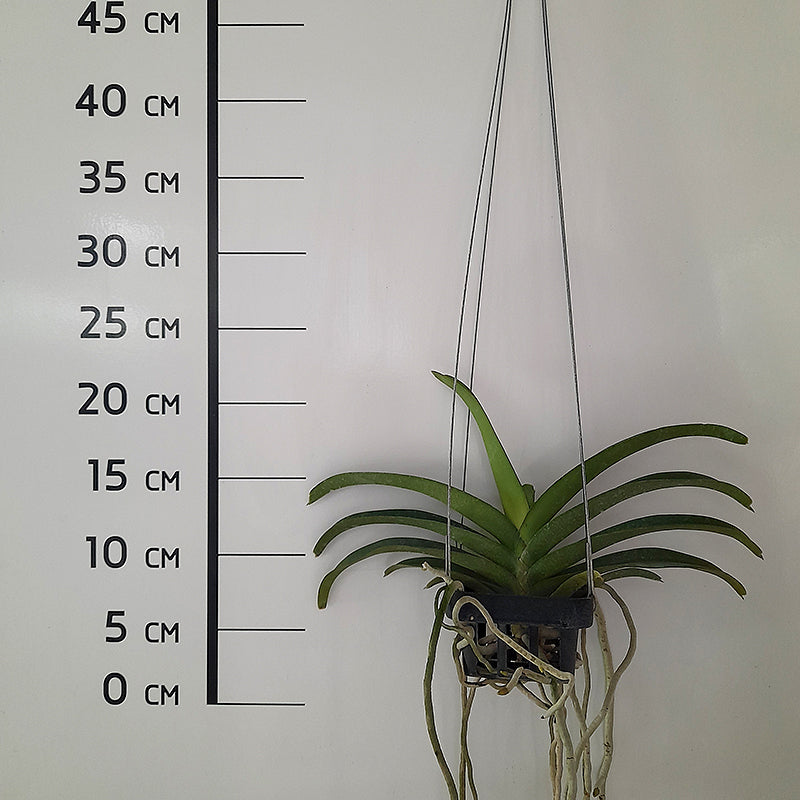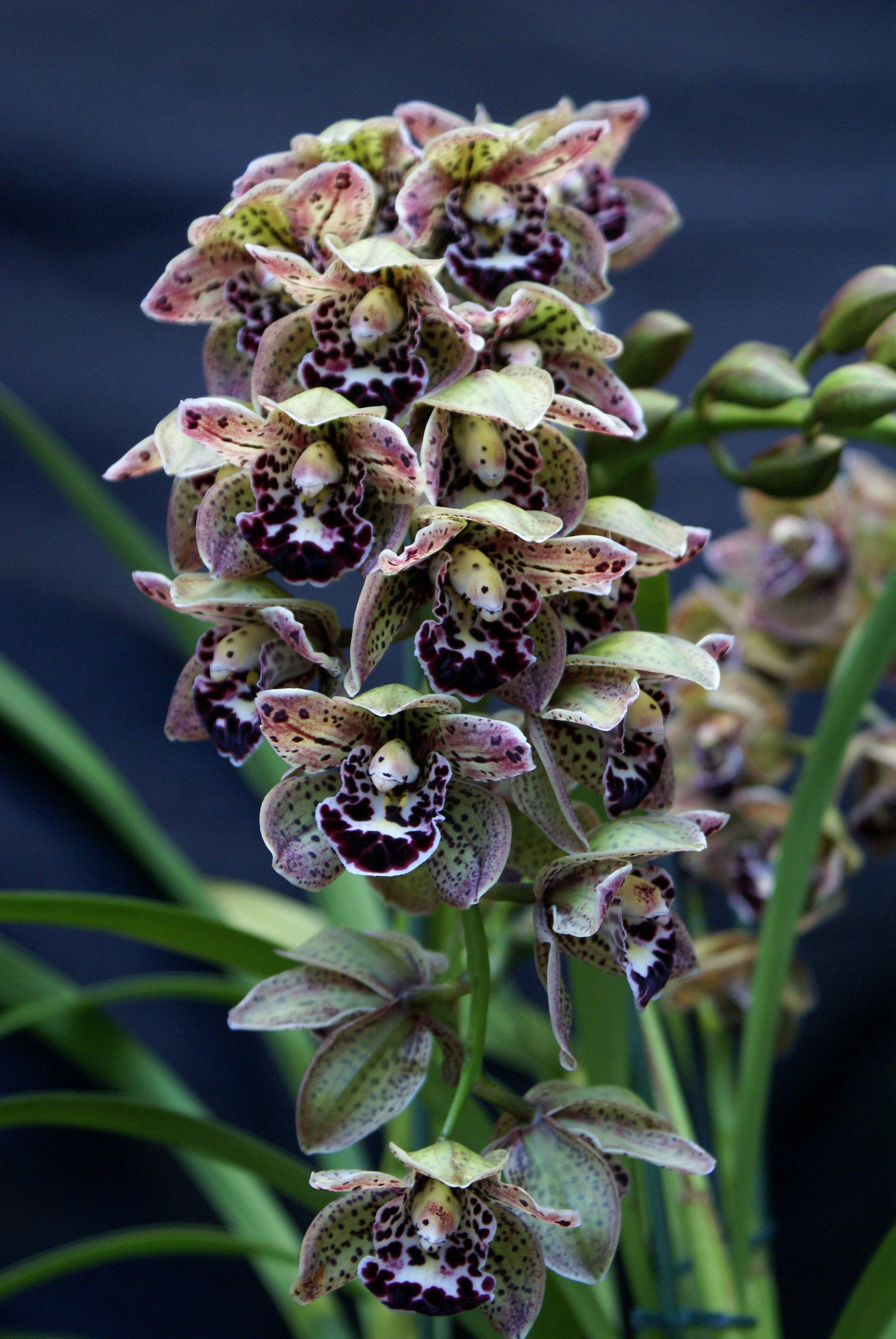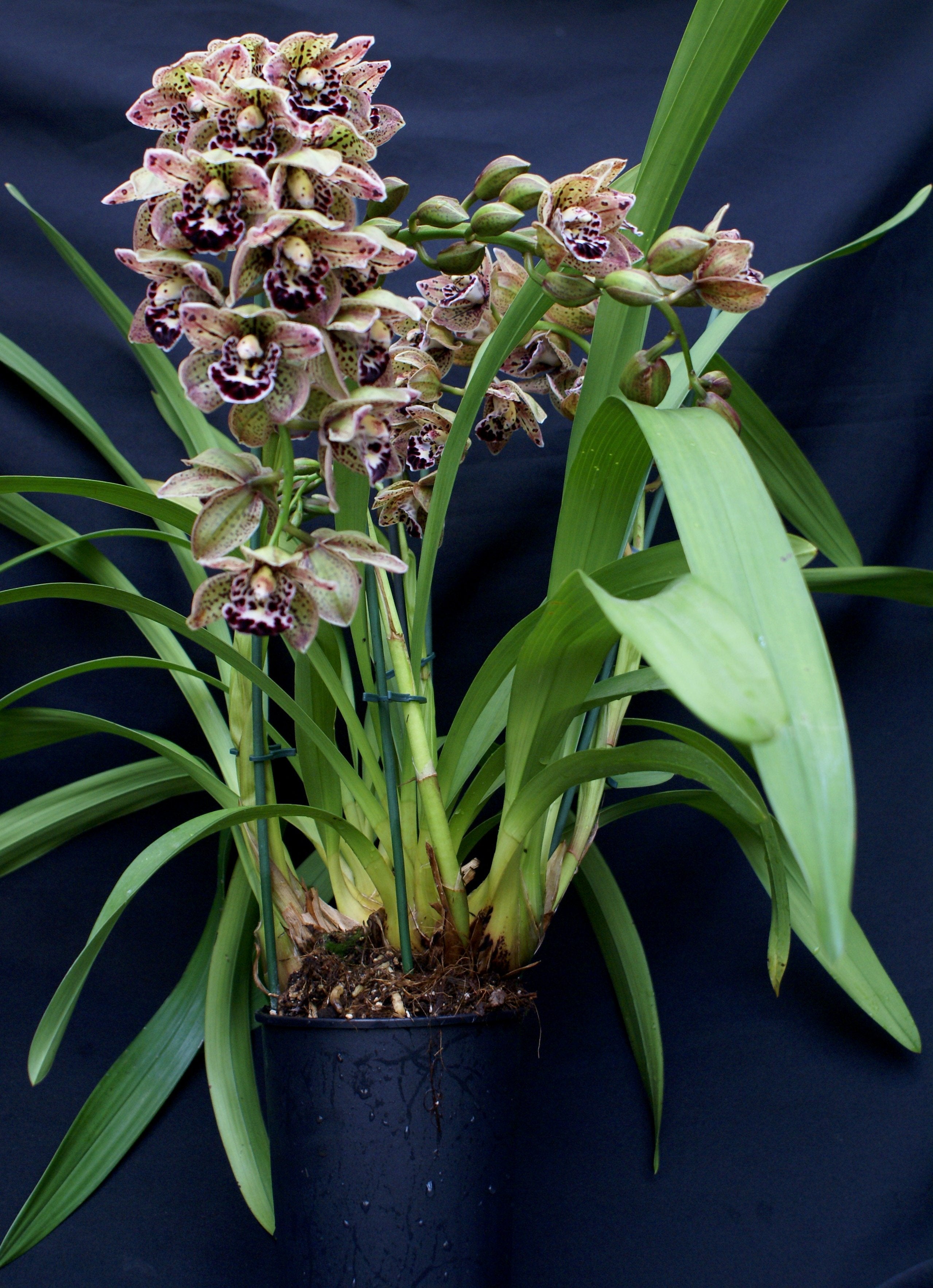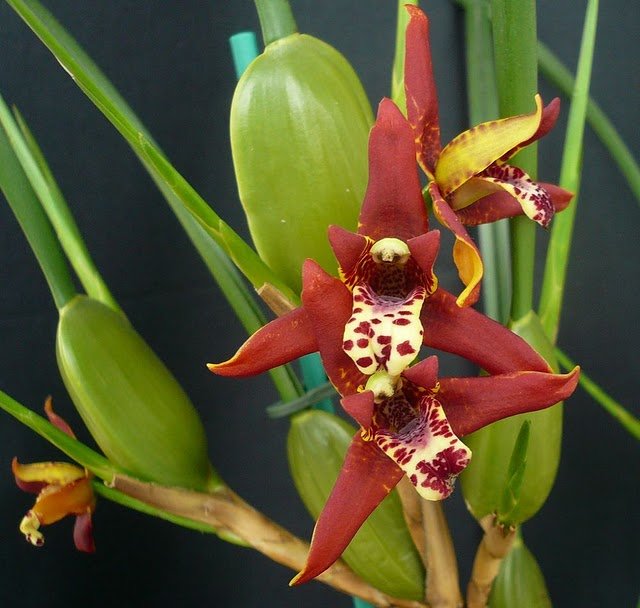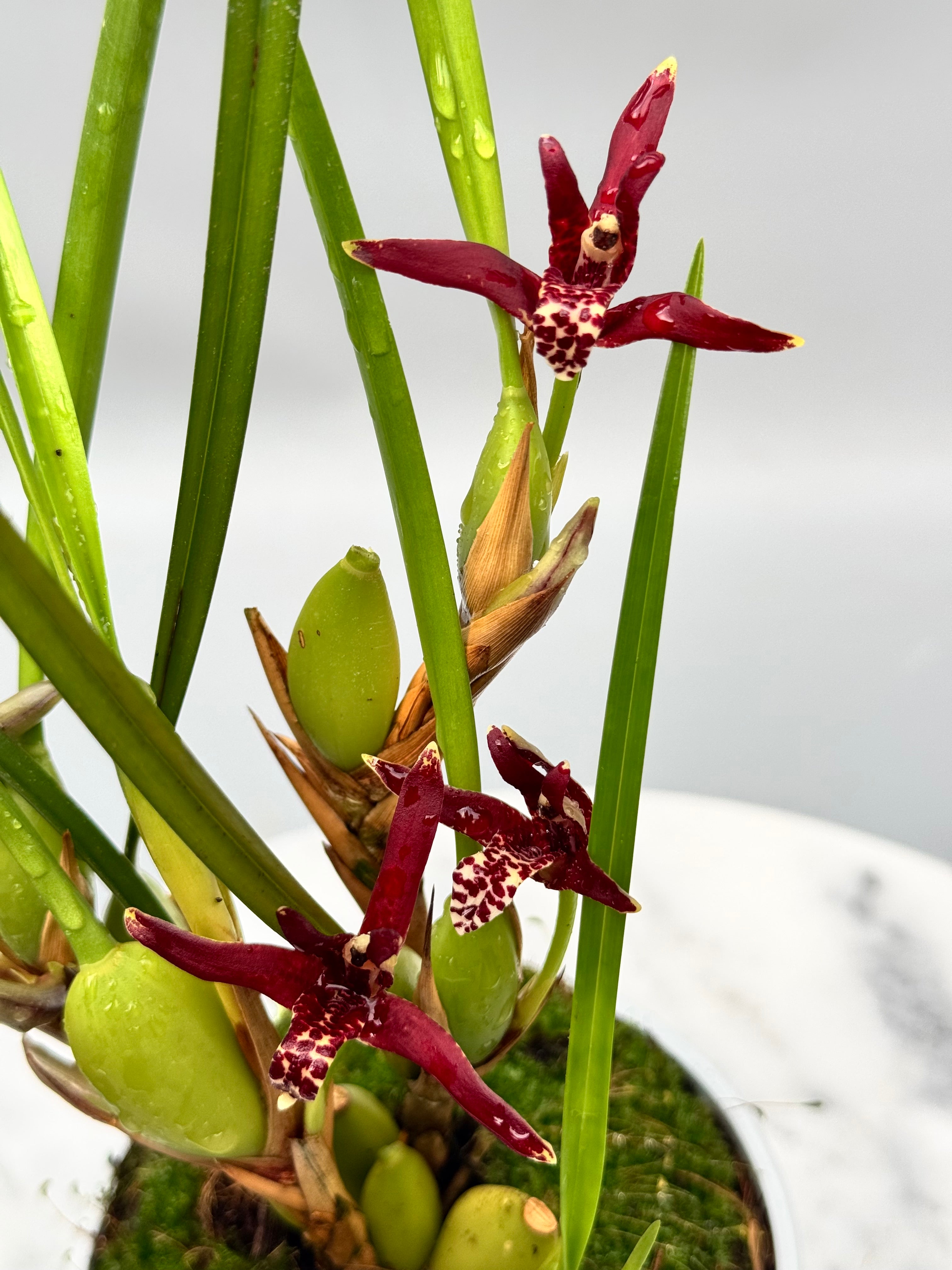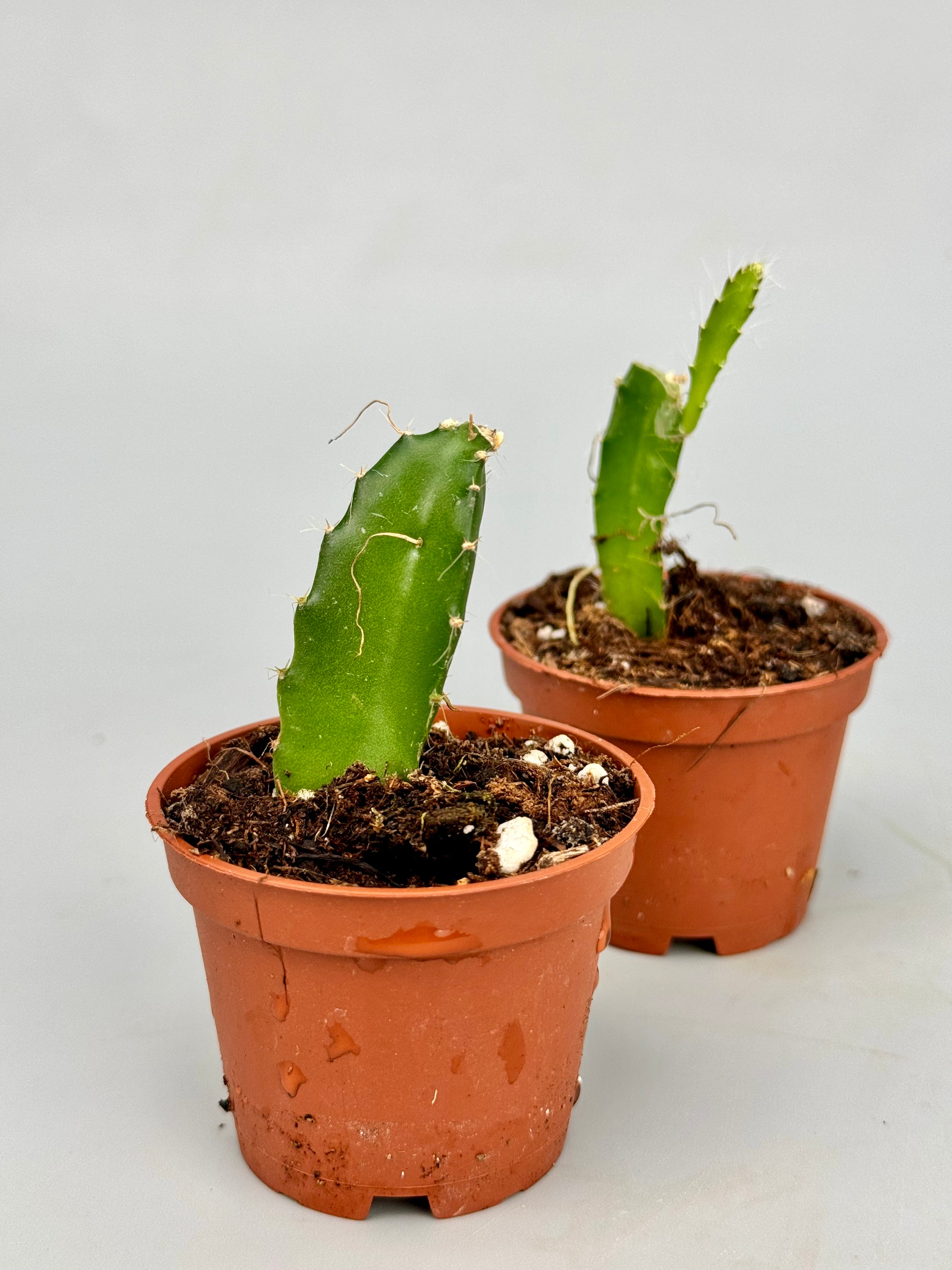When you buy or admire a plant, you probably first look at its color, shape and scent. Perhaps you also cast a glance at the label, where a complicated Latin name appears in small letters. To many, that seems like a mere formality. But a closer look reveals that that name tells more than meets the eye. Botanical names are like little time machines: they take you back to the origins of a species, revealing family ties and offering a glimpse into millions of years of evolution.

A language with layers
Botanical naming - or taxonomy - is not an arbitrary system. Every official plant name consists of two parts: the genus name (genus) and the species name (species). Together they form a unique identity that is recognized worldwide. Take for example Paphiopedilum rothschildianum: the name not only tells that it is a specific orchid, but also places it within a genus of closely related plants.
The genus name is often the most informative. For example, it means Paphiopedilum literally "shoe of Paphos," a reference to the Cypriot goddess Aphrodite and the slipper-shaped lip of this orchid. But there is more to it: plants within one genus share a recent common ancestor, and thus are closely related in their evolutionary history.

Kinship as a guide
Taxonomy is based on the study of relatedness - in the past mainly on external characteristics, today increasingly on DNA research. As a result, a plant may suddenly change its name because it is discovered to be genetically closer to a different genus than thought. This seems confusing, but it actually makes the system powerful: it grows with our knowledge.
For plant lovers, this means that a name is often the key to deeper information. If you know that your Lepanthes telipogoniflora belongs to the genus Lepanthes, you can search specifically for care tips, flowering characteristics or natural habitat. And those who delve into the name sometimes even discover the stories of explorers, colonial botanists or local folk names that have been adopted by science.

A glimpse into the past
Many genus names refer to a location (Masdevallia, named for a Spanish botanist who worked in South America), a form (Bulbophyllum, 'bulbous leaf') or a person (Miltoniopsis, named after the English orchid enthusiast Milton). In doing so, they form a cultural layer on top of the biological meaning. By following names, you can see how species have spread, how they became related and where they originally came from.
You could say that each name is a small summary of an evolutionary path - with side roads, failures, and unexpected connections. And those who look beyond the label gain access to that story.
More than a label
For the average gardener, knowing that something is an "orchid" may be enough. But those who want to delve deeper will learn that names provide access to a world of knowledge: about care, kinship, provenance and rarity. They help you really understand plants, and care for them with more attention.
The next time you see a label with a difficult name, try not to sigh it away, but see it as an invitation. A door to a story that began millions of years ago - and of which you are momentarily a part.



